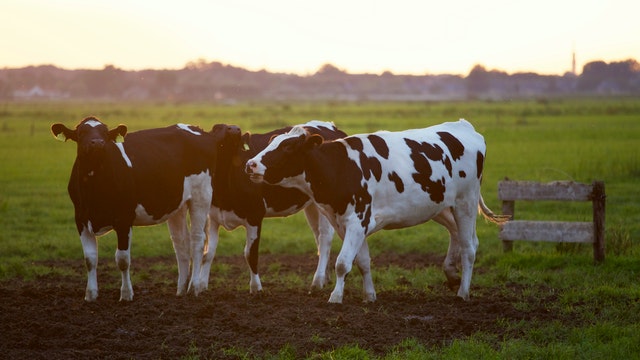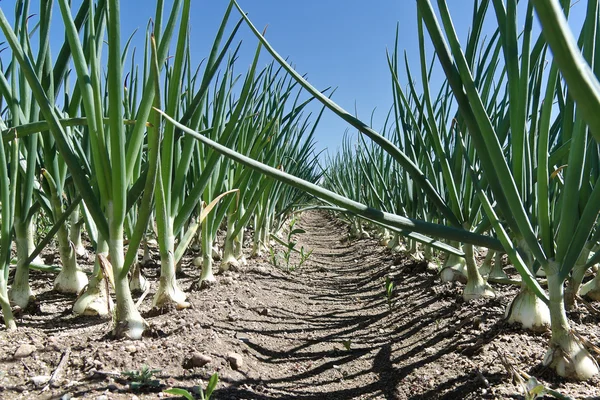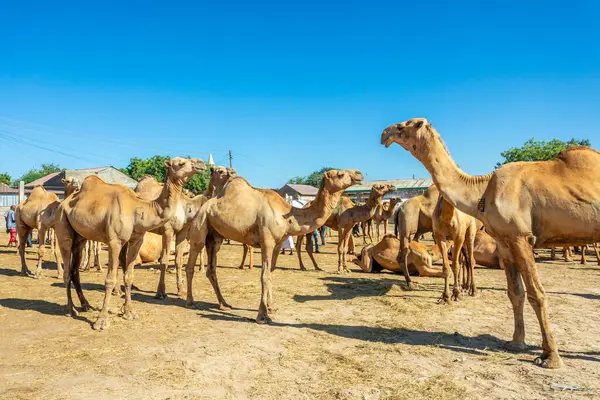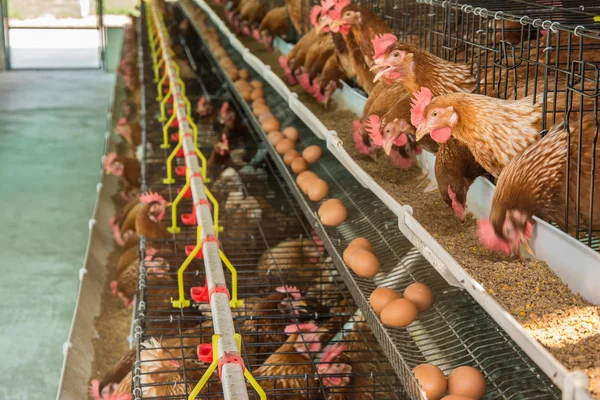Breed selection can be the difference between your success and failure in commercial dairy farming. In this post, we will give you a list the best dairy cow breeds in Kenya and their characteristics.
Why is breed selection in dairy cattle farming important? Whether you are just starting up or expanding your dairy farm, superior breed is a competitive edge for you. It will help you to;
- Raise a productive herd of cattle giving you quality yields, high profits and healthy calves.
- Maintain animals that are sustainable to your agro-climatic, feed and water situation
- Buy animals from a similar environmental conditions as far as possible to reduce incidences of losses to pests and diseases.
- Choose animals that give you milk with desired fat, protein and other characteristics that are demanded in the market.
To ensure you achieve those goals, consider looking for animals that have following general characteristics.
Related: Best tips for successful dairy farming in Kenya
- An animal with a docile character and can allow anybody to milk it
- The dairy animal should have wedge/triangle shaped appearance of the body from top.
- The cow’s udder should be well attached to the abdomen.
- The cow should have a visible of good network of blood vessels on the skin of the udder.
- All four quarters of the udder should be well demarcated with well-placed teats
A list of the best dairy cattle in Kenya.
The section below will summarize the best exotic dairy cattle breeds in Kenya, They are;
- Friesian
- Ayrshire
- Guernsey
- Jersey
Friesian
The Holstein Friesian is the largest and most populous dairy cattle breed in Kenya. Its predominant in Kenyan highlands. For low lands and semi-arid areas, you can find the Friesian dual purpose cross breeds with the Sahiwal or the Kenyan Boran breeds.
The Friesian is raised in both zero grazing and semi-zero production systems. The key reason that makes Friesian the best dairy cow are as follows
Friesian Cow breed characteristics
- Coat color; Black and white (a strain of red and white 1% population exists). Has a white triangular patch on the forehead and white socks from the knee joint to the hooves on all four legs
- Milk per lactation (305 days); 3000-8000 kg
- Milk fat; 3.1-3.8 %
- Milk protein; 3.3-3.6%
- Mature male body weight; 450-650 kg
- Mature female body weight; 400-600 kg
- Age at first service; 15-18 months
- Age at first calving; 24-32 months
- Fertility; 75%
Ayrshire
It’s the second largest and populous dairy cattle breed in Kenya. It’s most common farmed in the medium to high rainfall region. Farmers keep it in zero grazing, semi zero and free range production systems.
Compared to other breeds; the Ayrshire is better at feed conversion efficiency. It’s more adaptable to varied agro-ecological zones. Besides it’s tolerant to common tropical cow diseases. Solar radiation and congenital diseases. Other characteristics that make Ayrshire the best dairy cow for your farm.
Ayrshire cow breed characteristics
- Coat color; Brown and white patches in almost equal amounts with some cows tending to dark mahogany
- Milk per lactation (305 days); 3000-6000 kg
- Milk fat; 4%
- Milk protein; 3.3 %
- Mature male body weight; 450-550 kg
- Mature female body weight; 380-500 kg
- Age at first service; 15-24months
- Age at first calving; 24-32 months
- Fertility; 85%
Guernsey
The Guernsey cattle breed was introduced in Kenya in 1930s. You will commonly find in the central highlands and some parts of the Rift valley. Similar to other breeds, you can keep the breed in zero grazing or semi zero grazing system.
Guernsey breed advantages include; moderate feed uptake, good feed conversion efficiency, fast maturing rate and ease in calving. Besides it has a temperament. In comparison to other exotic dairy cattle in Kenya, the Guernsey is more tolerant to heat stress and diseases.
Guernsey cow breed characteristics
- Coat color; Fawn brown, yellow to reddish-brown with white patches
- Milk per lactation (305 days); 2000-5000 kg
- Milk fat; 4.2-4.6%
- Milk protein; 3.8-4.3%
- Mature male body weight; 500-700 kg
- Mature female body weight; 320-500 kg
- Age at first service; 13-18months
- Age at first calving; 22-27 months
- Fertility; 80%
Jersey
The Jersey cattle breed has the third largest population among the exotic dairy breeds in Kenya. It was introduced in Kenya in 1920. You will find most of them in Nairobi. Coastal region, Kiambu and Nakuru counties. It’s the most ideal for a dairy farmer who has a small land parcel. Besides, it’s one of the most preferred breed for cross breeding with indigenous breeds for improvement programs.
Among its many advantages, the jersey cattle breed is hardy and well adapted to various agro ecological zones. Their milk is high quality and rich in fat, protein, minerals and other trace elements. The Jersey cows have high feed conversion efficiency with relatively low feed requirements. Finally, the Jersey cattle are known to sustain themselves through the lactation period without any damage to their body.
Jersey cow breed characteristics
- Coat color; light brown but it can range from almost grey to dull black
- Milk per lactation (305 days); 2000-5000 kg
- Milk fat; 5.0-6.5%
- Milk protein; 3.8-4.5%
- Mature male body weight; 300-400 kg
- Mature female body weight; 250-350 kg
- Age at first service; 12-18months
- Age at first calving; 21-27 months
- Fertility; 85%
Conclusion
The post summarizes the key characteristics and advantages of four exotic dairy cattle breeds in Kenya; Friesian, Ayrshire, Guernsey and Jersey. They were introduced in early 1900s from Europe. Over the years, they have been developed and cross bred with local breeds to improve their adaptation to local situations. In addition to providing milk and income, the dairy cattle are used to produce meat, and serve as financial and social security. Finally, cattle in Kenya are crucial in social-cultural functions and sources of manure, raw materials and employment.



